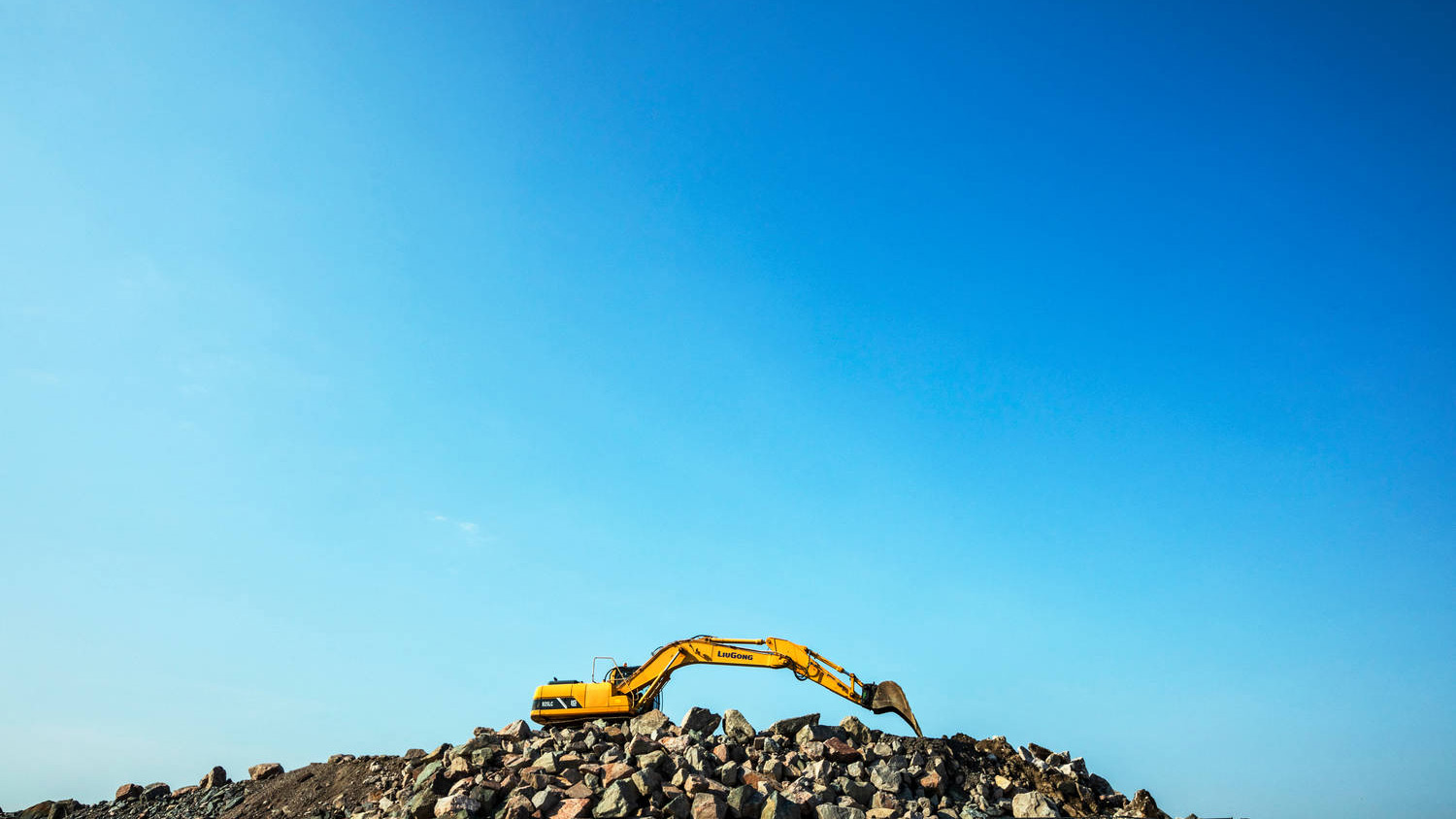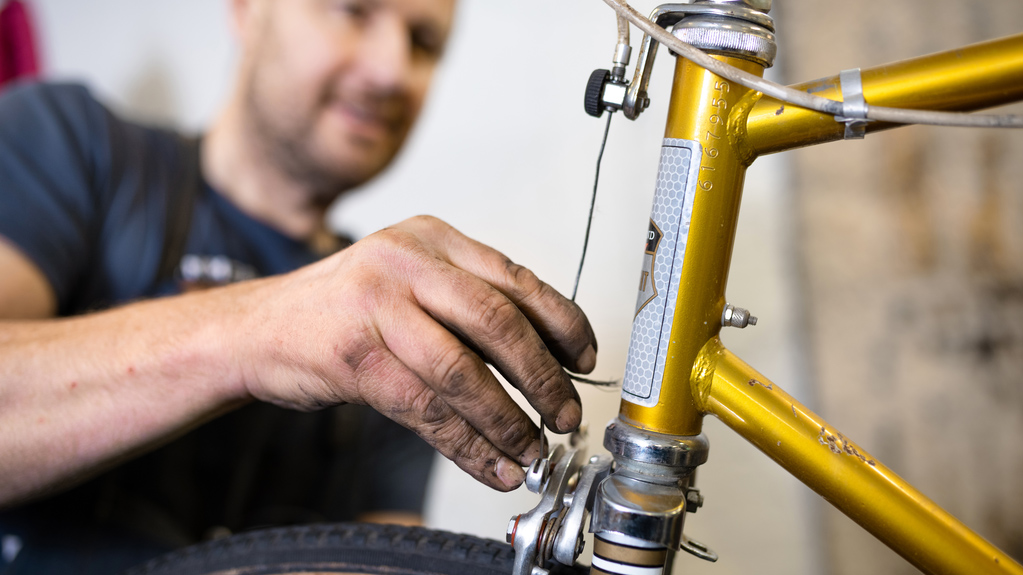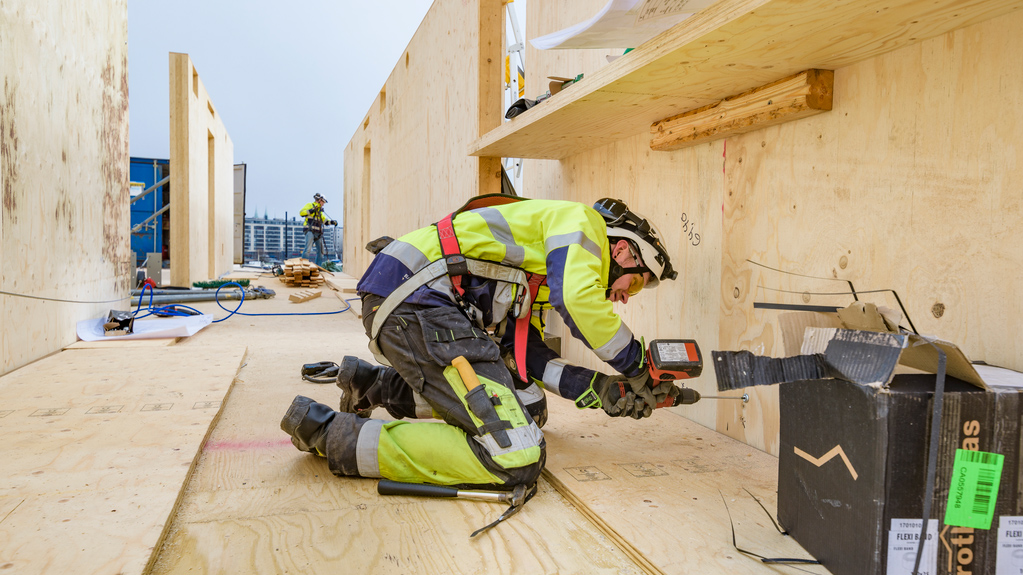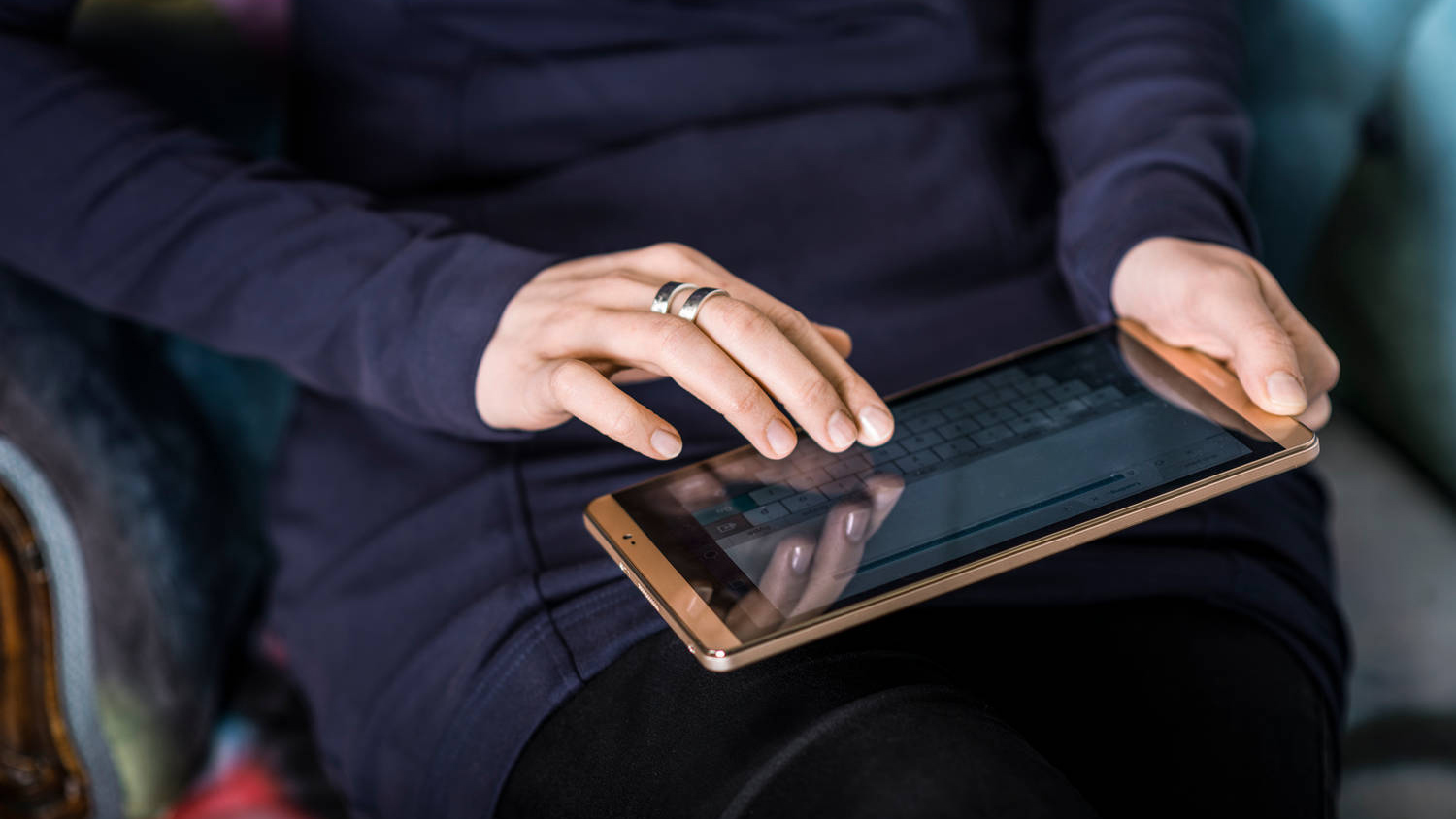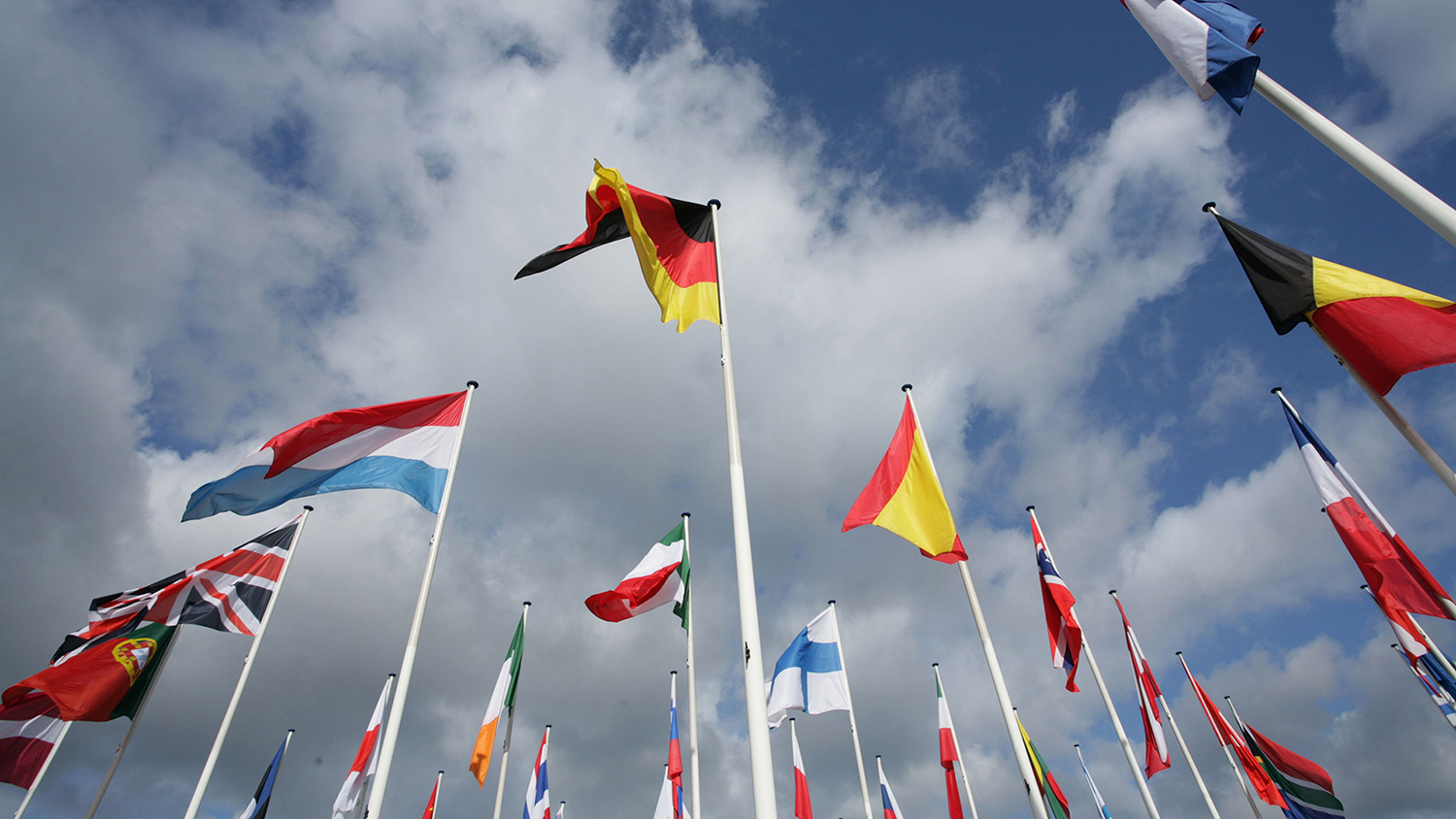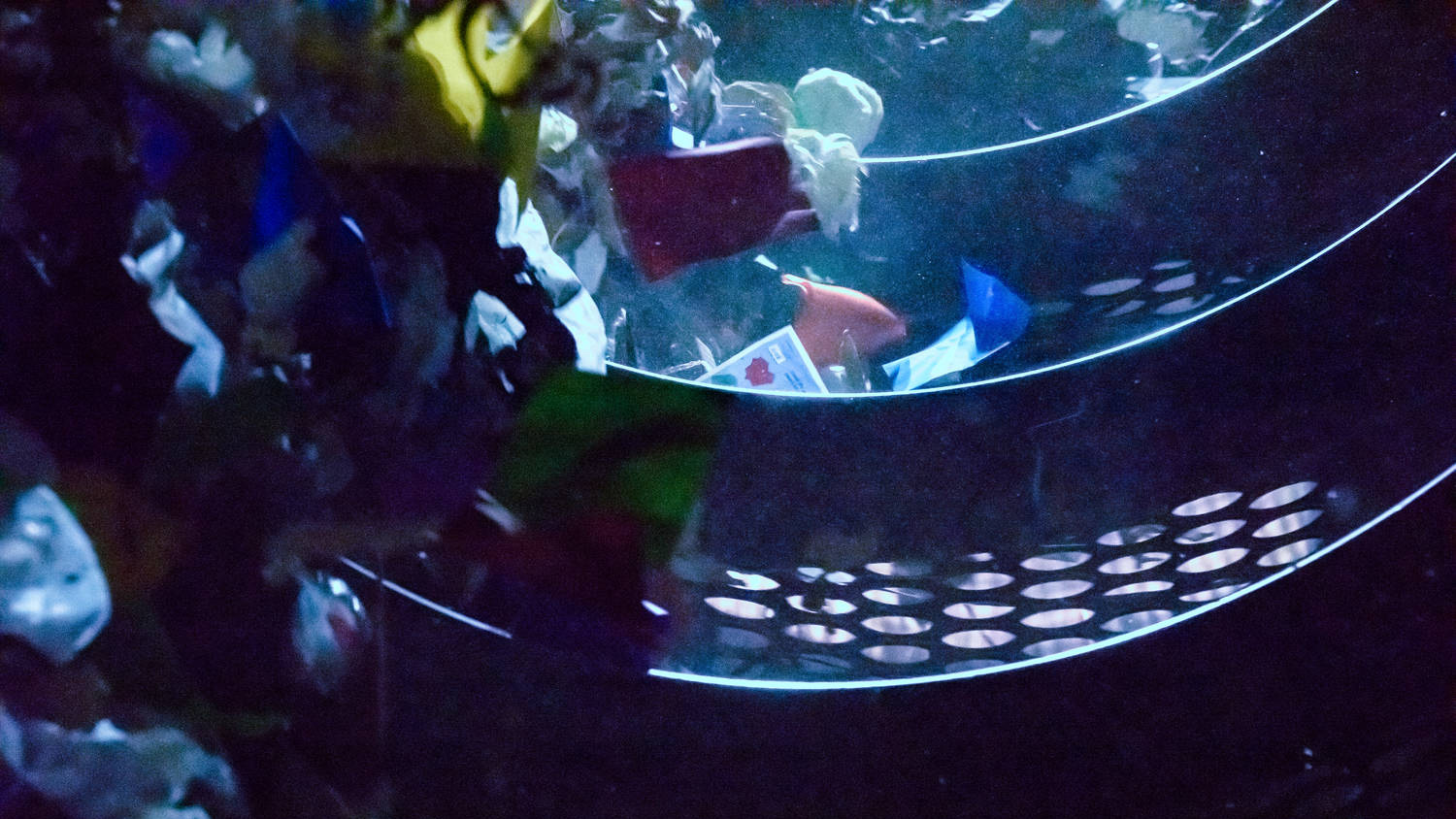A circular economy is an economic model of the future that helps to mitigate and control the climate crisis, loss of biodiversity and overconsumption of natural resources. In a circular economy products and materials stay in use safely and for a long time. A circular economy is not just about recycling as it also comprises leasing services, repairs and sharing.
The Finnish Government issued a Resolution on the Strategic Programme for a Circular Economy in spring 2021. The aim is to achieve a transformation by which the circular economy will become the new foundation of the economy by 2035. With this programme, the Government wants to strengthen Finland’s role among the trailblazers in a circular economy.
A carbon-neutral circular economy society by 2035
The vision of the Strategic Programme for a Circular Economy is that in 2035 a carbon-neutral circular economy society will be the foundation of Finland’s successful economy. Making this vision come true requires sustainable and efficient use of natural resources. The work on this will be guided by the following objectives:
- The consumption of non-renewable natural resources decreases and the sustainable use of renewable natural resources can increase in such a way that the total consumption of domestic primary raw materials in 2035 does not exceed the 2015 level. This objective does not apply to natural resources used for manufacturing export products.
- Resource productivity will double by 2035 from the 2015 level.
- The circular material use rate (CMU) will double by 2035.
Current situation and scenarios: a circular economy can stop the growth in the use natural resources
Scenario work led by the Finnish Environment Institute, Geological Survey of Finland, Natural Resources Institute Finland, VTT Technical Research Centre of Finland, Aalto University and Statistics Finland (2022–2024) created an understanding of the situation in terms of the consumption of natural resources and its impacts on the environment and economy. Besides this, scenarios based on research were drawn up on the opportunities of a circular economy to promote wellbeing and a sustainable economy.
The results show that measures related to a circular economy can stop the growth in the consumption of natural resources and reduce harmful climate and other environmental impacts, while at the same time strengthening the economy. The results of the scenario work were published on 12 March 2024.
Circular Economy Green Deal challenges the operators to change their practices
The Circular Economy Green Deal is a voluntary commitment in which the participating organisations commit to reducing the use of natural resources and setting effective goals and to taking actions that promote a low-carbon circular economy.
The actions must support the objectives concerning natural resources laid down in the Circular Economy Programme, carbon neutrality and the achievement of a sustainable economy by 2035. The Green Deal is intended for companies, sectoral organisations, municipalities and regions.
Current issues
- The international Circular Economy Resource Centre (CERC) will begin operating by the end of 2024. CERC will facilitate exchange of information and partnerships between the EU and third countries.
- On 27 May 2024, the International Organization for Standardization ISO published three key standards to implement the principles of a circular economy.
- Business Finland has launched the Circular Transition for Zero Waste mission to promote the development and implementation of Finnish circular economy business models and solutions.

